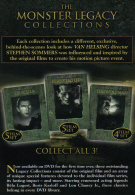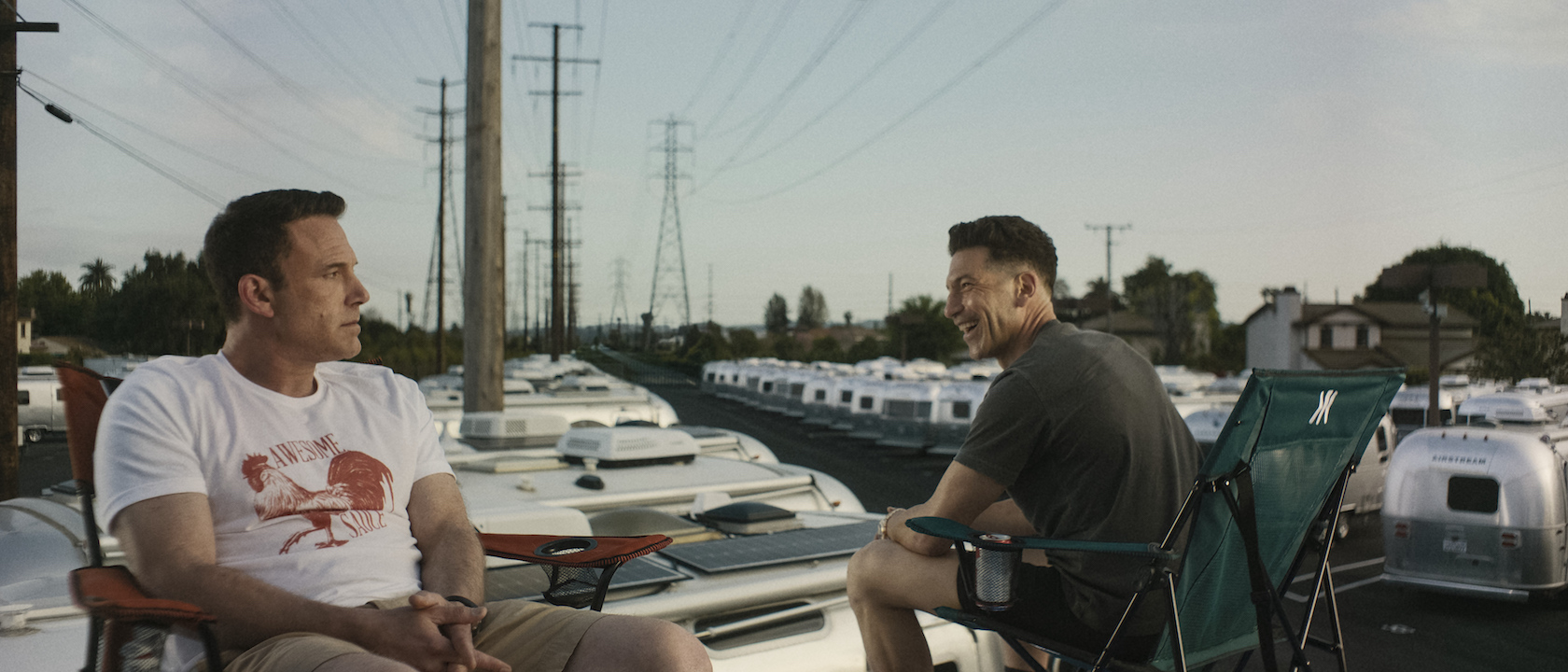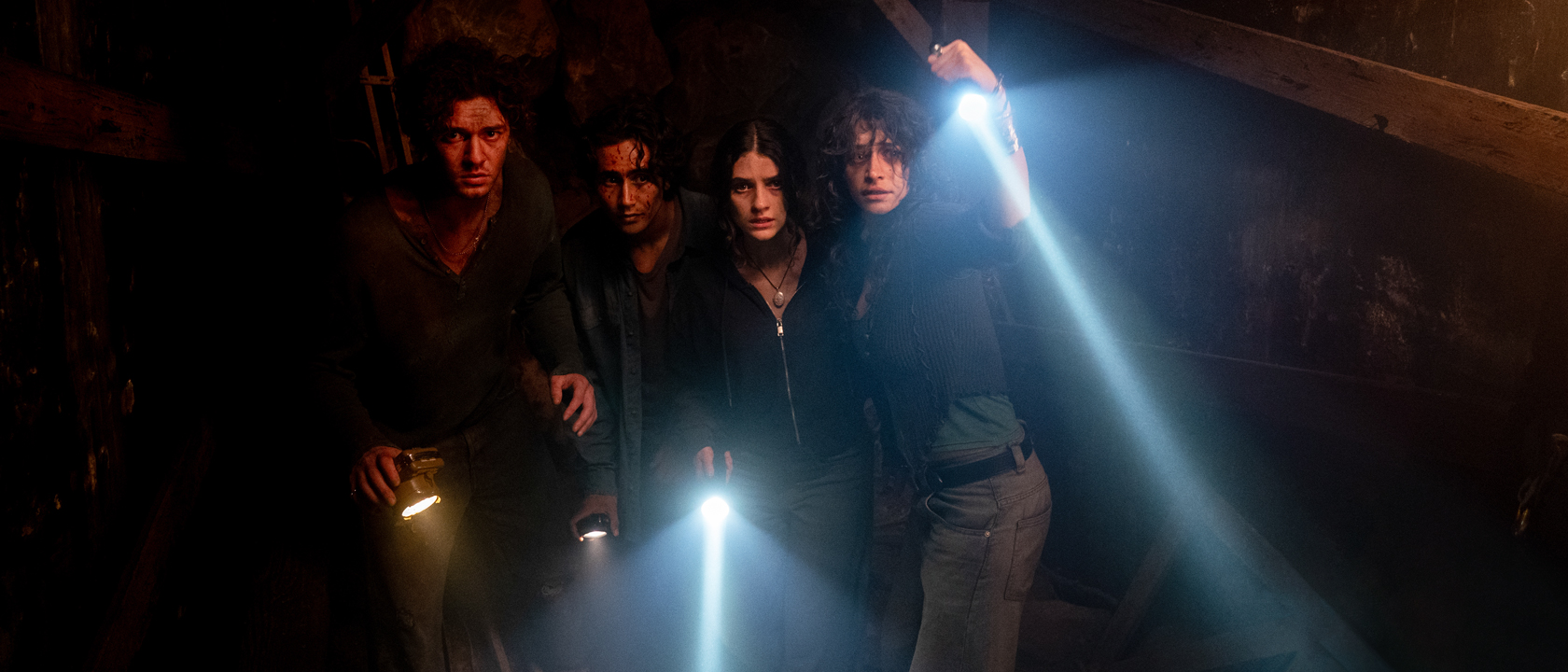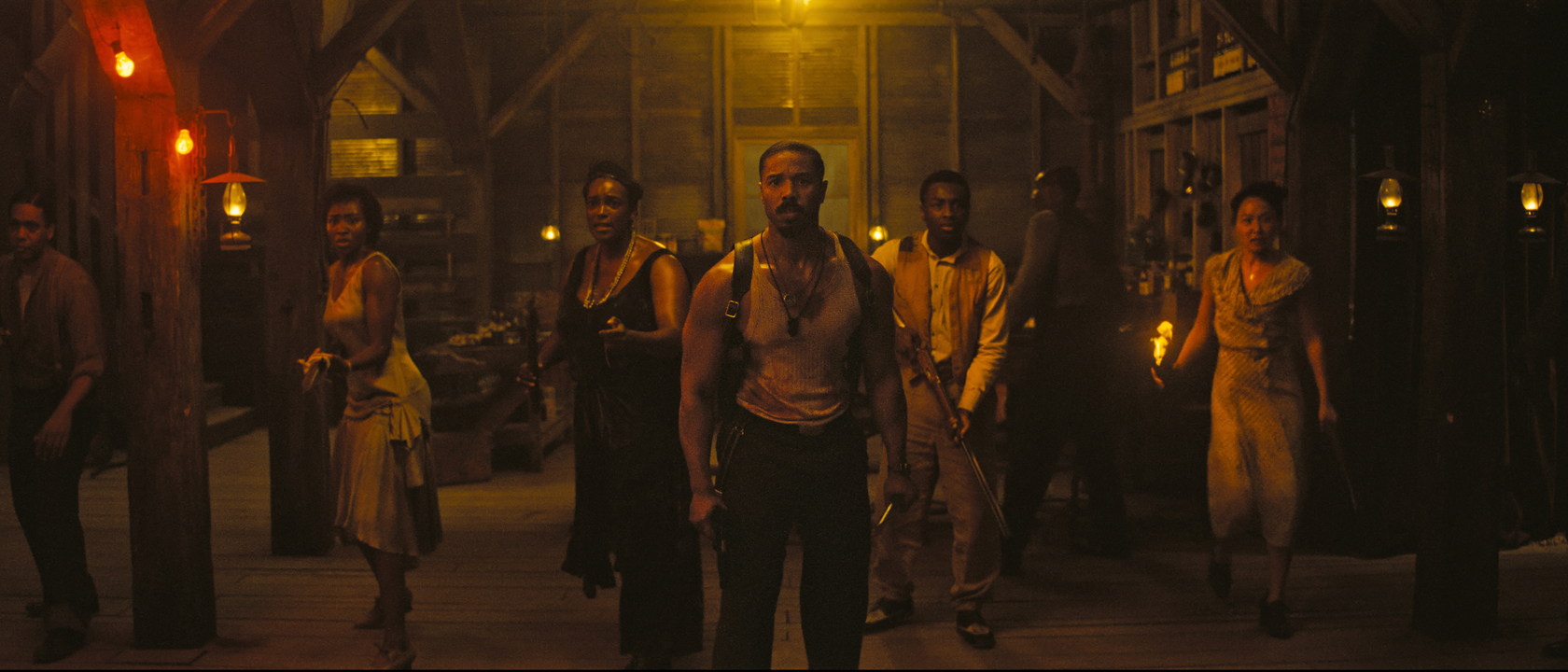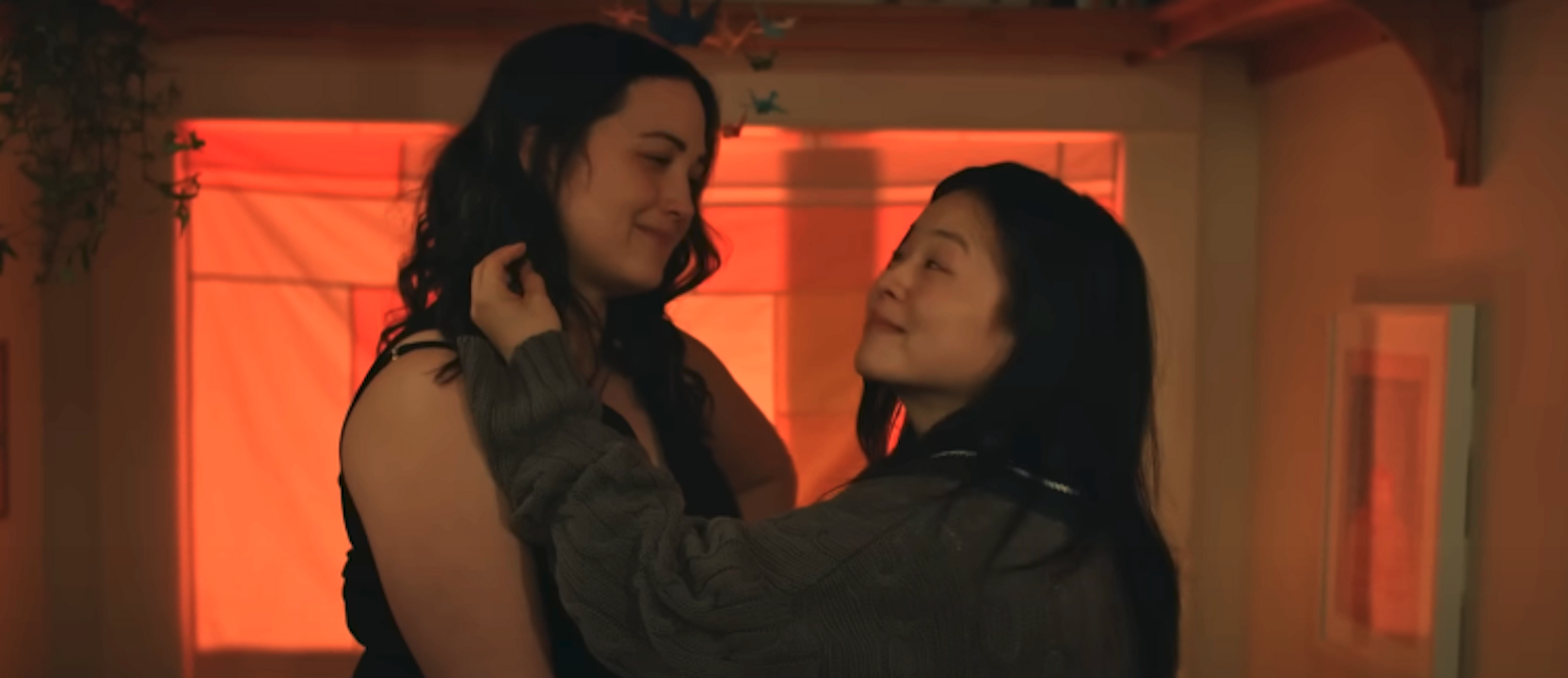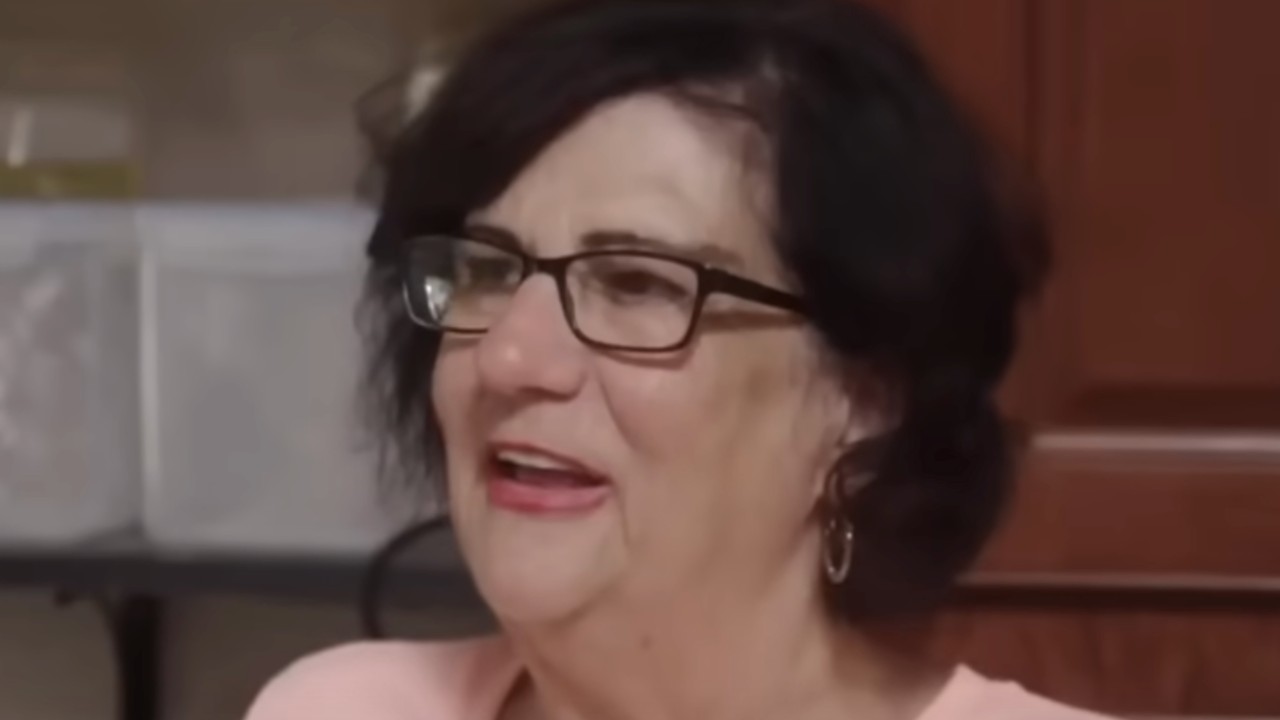Before last week, I had only seen snippets of a few of the films on this set but had never seen one of them in their entirety. For years I’ve always said, “one of these days I’ll get around to it”. Over the past six days I finally have. For six days and five nights I embarked on a quest, a quest to watch all fourteen of these “Monster Movies” from start to finish as well as the included DVD features. It was a quest I probably might have done randomly on my own accord at some point in time, but instead was sped into a fast forward motion based on orders delivered to me by my editor-in-chief. You may ask why I am personalizing this DVD review? Well, because quite frankly I rushed through them in six days, and am very close to losing my mind...but in that good cinepheliac kind of way. The only possible way I could try and review this thing was to break it up piece by piece and then average it out. That doesn’t bode well for the set as a whole, but that’s only because of the lackluster sequels that would follow the history making original films. So, without any further ado here goes nothin’.

Dracula: The Legacy Collection
Dracula (1931):

If you are not by now familiar with the story of Dracula, you should be hung by your ass hairs and flogged with red-hot crowbars. This version however, you may not be super-familiar with. Forget Christopher Lee, forget Frank Langela, and forget Gary Oldman. Bela Lugosi is the man who made his mark in the industry by donning the cape and tainted the role for everyone who followed him. There is no match in the film’s subsequent sequels (found within these discs) for Lugosi’s genius. Every word out of his mouth is legendary, and his seductive presence leaves you begging for more scenes with him. Instead we get mindless chatter from Professor Van Helsing (Edward Van Sloan -who looks like Dr. Kevorkian with Harry Potter glasses) and several bits with Dwight Frye, who is a freakin’ weirdo. His portrayal of Renfield, the real estate agent on a severe downward spiral, is sensationally over the top. He slightly makes up for Lugosi’s absense. Slightly.
As legendary as the film is, it has some weak moments, all because of the title character’s absence and the movie's lack of score. In the early days when “talkies” became more and more prevalent, film scores were frowned upon. Why - I have no idea. But for anyone who has never seen this version, I suggest you do, if for no other reason then out of sheer respect for the character. That said, all you die-hard Bram Stoker fans shouldn't look for anything like Coppola's movie. This version is based more on the stage play than the novel. Overall, it was highly entertaining and just the slightest bit timid. But I can see why it’s a classic...Bela freakin’ Lugosi!
Dracula - Spanish Version (1931):

“What the hell is this?” you may ask. Well I’ll tell you. This film was made at the exact same time as Bela Lugosi's Dracula with the same script, and shot on the same stage only with a different director and cast. Long before “dubbing” was the more common practice in Hollywood, Universal gave the go ahead for the film to be shot in Spanish in order to keep from losing the Latin American market . Carlos Villarios is no Bela Lugosi, but the interesting thing here is to watch the director’s work. George Melford would watch the “English” scenes being shot in the morning, and then decide how to improve on what they did. In many aspects he succeeded, mostly from a technical standpoint. Performance wise, yuck! Melford’s eye stretched the film a full thirty minutes longer, but in no way does it drag.
Honestly, If Melford and “English” Dracula director Tod Browning would have collaborated the version that became legendary would’ve had just that extra dab of spice. It’s a shame one can’t put these two flicks in a blender and create the ultimate Dracula film experience.
Dracula’s Daughter (1936):

Taking place mere moments after the original, Professor Von Helsing (that’s right, I said Von Helsing), anyway, Professor Von Helsing (Edward Van Sloan) is taken into custody and charged with murder. The man defending him is Von Helsing's former student Dr. Garth (Otto Kruger), who is busy as of late acting like a prick to his secretary (Margueritte Churchill) and psychoanalyzing the creepy Countess Marya Zelyska (Gloria Holden), aka Dracula’s Daughter.
There are two types of sequels:Terminator 2 and Speed 2; this flick is definitely on caliber with the latter. Even a cheap Lugosi in-joke (“I never drink... wine”) doesn’t help this film from being a cheap, watered-down marketing scheme. The only thing I liked about this picture was its running time - at a little over an hour it was over pretty quick. Thank God screenwriter Garrett Ford is dead. That moron spelled Van Helsing wrong everywhere in the script. The movie made me want to turn off the television and go listen to some Von Halen, watch a Von Damme movie, or maybe get in a Mini-Von and drive to the video store and rent Von Wilder.
Son of Dracula (1943):

The Dracula family is done terrorizing Transylvania and England, and is now moving on to greener pastures, or rather greener plantations. Count Alucard (Lon Chaney Jr.), our dyslexic vampire (note the backwards spelling of his name), has turned his sites on the southern United States. He splits up a pair of childhood lovers only to have it come back to haunt him after the man (Robert Paige) breaks out of prison and kills him and his fiancé (Louise Allbritton).
This is easily the most boring Dracula movie out there, but what makes up for poor plot development and a complete lack of entertainment value is the film’s special effects. Made twelve years after Lugosi first crept out of the coffin, the technological evolution is incredible. The way the two vamps appear and disappear into the fog is tremendous and the effect holds up astonishingly well 60 years later. For that I applaud the flick, but it still sucked. Pun intended!
House of Dracula (1945):

House of Frankenstein should have been the final send off for these three characters (sans Abbott & Costello), but Universal capitalized on it's franchise one last time and brought Lon Chaney Jr., Glenn Strange, and John Carradine back (as The Wolf Man, Frankenstein’s Monster, and Dracula respectively) for another “House of...” flick which makes me want to enter the House of Rage.
Forget everything that ever happened in any of the previous Wolf Man, Frankenstein, and Dracula pictures other than the fact that Larry Talbot is a werewolf, the monster was created from Dr. Frankenstein, and Dracula is a vampire. If you pay attention to any other continuity than that, this flick makes absolutely no sense. There is no explanation as to how the Wolf Man survives a silver bullet or how Dracula could disintegrate in sunlight and later remarkably appear unharmed. The only continuity is for Frankenstein’s monster, who is given a slight mention of what might have occurred. What kind of a moron could give this a go ahead? My 9 year old niece could write a better script, long hand and in crayon, than the job done by Edward T. Lowe. The plot holes are down right insulting and just turn what was a nice send off for the monsters into a bastardization that ended the three series on a down note. Bad, bad, bad, bad, bad! What a bad way to kill off the “Monster Legacy”, how dare they!

Frankenstein: The Legacy Collection
Frankenstein (1931):

The theme behind these movies is simple: basically, the mad scientist plays God. One can’t utter the film’s title without thinking of the flat-headed icon that appears in this flick. Dr. Henry Frankenstein (Colin Clive) strives to create life and sews various dead people together, creating the human quilt that is his monster (Boris Karloff). Confused by pretty much everything, the monster goes berserk, tossing a little girl in a lake and slapping people into unconsciousness on a quest to interrupt his maker’s wedding, and subsequently toss him onto a windmill flap.
What makes this a classic is having every piece fit together, so to speak. Clive’s portrait of the notorious doctor hypnotizes us into following him everywhere. Karloff’s visage is also very captivating. Both are used to perfection by director James Whale, who later would be immortalized on screen in an Academy Award nominated performance by everyone’s favorite wizard and mutant Ian McKellan in Gods and Monsters. Whale’s use of shadows and camera movement make it easy to sometimes forget this was made in 1931. It's easily the best of the original monster flicks, although being released the same year as Dracula, it also fell victim to the lack of score.
The Bride of Frankenstein (1935):

Easily one of the best sequels of film history, let alone in the genre. The Bride of Frankenstein utilizes all the proper tools provided for a great sequel (and yes Brody, it’s longer than the first). Colin Clive, Boris Karloff, and director James Whale all return giving us a bone chilling and heartbreaking story. This time The Monster speaks, and while every word out of his mouth may be short syllabled and blunt, Karloff is amazing in letting it all seem so real. Clive reprises his role as Dr. Frankenstein who is swindled back into the laboratory once again in order to create a mate for his monster. The mastermind behind it is the delightfully sinister Dr. Pretorious (Ernest Thesiger). Thesiger creates that cool and funny kind of bad guy that you can’t help but love, which leads me to the title character played by Elsa Lanchaster. In what is really only a cameo appearance, Elsa’s few moments on screen cemented her into history. Her character is easily one of the only real character Icons in cinema that was played by a woman. One needs only to see a streak in one’s hair to make the connection. Her scenes are flawless, scenes she not only stole, but helped her score a big accomplishment for her gender.
A bigger budget, a haunting score, and creative control from Whale brings us a must see flick that tugs at our heartstrings, as well as having us biting our fingernails and laughing our asses off. The make-up and effects in the film industry advanced steadily in the four years between this and the original. All have to watch in amazement as the monster slowly heals over the course of the flick and when Pretorious busts out his little jars. Overall, The Bride of Frankenstein can be considered one of the greatest films, not only of the genre, not only as a sequel, but also for all time. Utterly superb!
Son of Frankenstein (1939):

Karloff returns one final time to play the role that made him a legend. In this chapter, Dr. Henry Frankenstein’s estate is left to his son Dr. Wolf Frankenstein (Basil Rathbone). He discovers a hermit of a man by the name of Ygor (Bela Lugosi) living in the laboratory ruins. Ygor leads Wolf to discover his father’s monster, comatose after the events of the previous film. Driven into obsession, Wolf revives the monster in order to further study its potential - the only problem is Ygor has control over the monster and makes it do naughty things to townsfolk to get revenge for his botched execution.
This film is the Terminator 3 of its day. It has a lot to live up to given the franchise’s past, but instead of creating something that completely blows the roof off its previous chapter, it only mildly amuses us with retrospective glee. It’s entertaining and fun to watch, though it’s a shame to see the monster changed back to a mute brute.
The Ghost of Frankenstein (1942):

Imagine they made a A Nightmare on Elm Street movie without Robert Englund. That’s pretty much The Ghost of Frankenstein in a nutshell. The only returning character/actor is Bela Lugosi as Ygor, who appears more cleaned up than his previous dirty and fanged self. After angry villagers storm the Castle Frankenstein, Ygor discovers the monster (Lon Chaney Jr.) entombed in the sulfur that “destroyed” it years prior. The monster and Ygor set off to find Dr. Frankenstein’s other son (Sir Cedric Hardwicke). After a series of murders and incidents it is determined that a brain transplant is needed in order to stop the violent tendencies of the monster, but the well-intentioned Dr. Frankenstein is tricked into transplanting not his colleague’s brain, but the brain of the evil Ygor.
How Lugosi could have agreed to this sequel and not another Dracula flick is beyond me. Chaney puts no effort into making this role his own. The director has the audacity to pull a “George Lucas” with a scene that flashes back to the first film and inserts a shot of Chaney instead of Karloff. Yo, that ain’t cool! Considering the previous chapter was mediocre, but entertaining...they should have just left it there. But no, they had to go for the money...and sadly this wasn’t the last we saw of Frankenstein’s Monster sans Karloff.
House of Frankenstein (1944):

Boris Karloff returns to the franchise that made him a screen legend in this 1944 follow up to Frankenstein Meets The Wolf Man, although this time not as the “blasphemous” creation of Colin Clive. This go around brings us Karloff as Gustav Niemann, an escaped convict/mad scientist who admired the works of Dr. Frankenstein and through a course of events, ends up on a wild adventure running into the three most revered creatures in Europe: Count Dracula (John Carradine), Frankenstein’s Monster (Glenn Strange), and The Wolf Man (Lon Chaney Jr.).
This truly is Karloff’s movie. His hunchbacked assistant Daniel (J. Carrol Naish) is a delight to watch as he disintegrates from a sympathetic character to an evil jealous villain. For some strange reason Naish reminds me a lot of Tony Shalhoub, although I'm unable to figure out why. In this film we get closure for all the classic characters (at least until the previously mentioned House of Dracula). Dracula, played by the peanut-headed John Carradine in the worst Lugosi follow up ever, is done in courtesy of the sunrise, The Wolf Man/Larry Talbot, finally gets his wish and dies courtesy of a silver bullet, and Frankenstein’s Monster drowns amidst quicksand (ironically taking Karloff with him).
Overall I must say, this flick was pretty entertaining, Karloff proves his versatility by returning and not playing the monster but in no way does it seem odd. It's kind of like Christopher Reeve’s appearance on the WB show “Smallville”. It was weird at first just thinking about it, but in execution it was pretty darn good. My only hitch is with John Carradine. What meathead at Universal thought it would be a good idea to cast this knucklehead as the legendary vampire? It would be like casting Pauly Shore as Spider-Man, but not for laughs (if there would be any). Honestly, if writer/director Stephen Sommers had remade and tweaked this tale rather than create the CG orgy of Van Helsing, then maybe we’d be singing a different tune about him this summer.

The Wolf Man: The Legacy Collection
The Wolf Man (1941):

Lon Chaney Jr. finally stops playing sloppy seconds (see Son of Dracula and The Ghost of Frankenstein) and gets a monster role to call his own. Chaney stars as Larry Talbot, the reluctant heir to the Talbot fortune. While returning to his hometown from selective exile, he sweet talks a local shop owner (Evelyn Ankers) into a date getting their fortunes told. However after being attacked by the gypsy/werewolf Bela (Bela Lugosi) it appears that Larry seems to be undergoing some rather odd changes, which consequently lead to his demise.
What separates this film from the other “Monster” Movies is Chaney’s performance. He shows true torment and despair in his character. This story is more of a psychological thriller than full out Monster Horror. Another sublime acting job comes from Maria Ouspenskaya, who captivates the screen as the gypsy woman. Overall, it’s a very good flick. although it’s sad to say I have yet to see a film (outside this franchise) that makes the werewolf theme actually work. Wolf with Jack Nicholson, Michelle Pfeifer, and James Spader comes close, but is no match for The Wolf Man.
Frankenstein Meets The Wolf Man(1942):

Before Freddy Vs. Jason producer and New Line CEO Robert Shaye and Alien Vs. Predator star Lance Henriksen learned to go pee pee in the potty, came the ultimate “versus” movie of its time. Did it stack up, or was it a disappointment? Well, both. Chronologically, the last Frankenstein flick, The Ghost of Frankenstein, gave the monster (played by Chaney) the brain of Ygor (Bela Lugosi). So if Chaney was already tapped to pull double duty as Larry Talbot and The Wolf Man, how could he play the monster as well? Well he couldn't, and Bela Lugosi stepped in as the monster, and the result was not pretty.
Years after the events of The Wolf Man it's learned that Larry Talbot is not truly dead. Talbot learns the only way to find a possible cure for his ailment lies within the records of the late Dr. Frankenstein. Upon searching the ruins of the castle, Talbot resurrects the Monster from the ice to help him find the doctor’s records (even though he was gassed and left in a burning house in his last film). Soon, when the cure is about to take form, the vengeful villagers attempt to blow the nearby dam, washing the laboratory and castle into oblivion. Before the water engulfs the duo, the cure proves unsuccessful and Talbot finds himself changing into The Wolf Man one last time, setting up the all out brawl between the two legends.
Chaney and Ouspenskaya again knock one out of the park. The film is really Talbot’s story more so then either of the title characters, remaining to be the true force driving the story forward with his haunting suicidal tendencies. Frankenstein’s Monster gets very little screen time, which became the norm when Karloff became mute again in Son of Frankenstein, and thankfully so. Lugosi's performance is just a bad imitation of Karloff and Lugosi oddly resembles Leslie Neislen under the make-up. The monster requires no sympathy in this flick which is easily accepted and makes it easy to watch Talbot tear him a new one. As a Sequel to The Wolf Man, this film is quite good, but as a franchise combiner it’s just okay.
She-Wolf of London (1946):

I’m not going to say one word about this flick’s premise whatsoever. Why? Because it is the worst piece of false advertising ever. I’m not even sure why this is on the Wolf Man set. It has nothing to do with the series; it’s just (sort of) the same genre. You wouldn’t see I, Robot in a Star Wars set just because it’s a science fiction flick. This movie is pure garbage.
Why is this movie such crap? Because of its title, She-Wolf of London. There are no werewolves in here, and no English people. The werewolf thing is a cheap plot gag, and it turns out to be just a woman who growls and frames her niece her into thinking she's a werewolf. Other then that, there's not one werewolf to be had, not one transformation scene. Now as far as the English people go, 95% of the cast are American and refuse to disguise themselves otherwise. The only English people in the movie are the police officers who are thrown in the flick to add such brilliant line delivery as “My word. That’s a werewolf, that is.” How can you have a movie called She Wolf of London and not have English people or a she-wolf? It’s not even a sequel to Werewolf of London, which I guess is a good thing. If it was trying to follow that, it would suck harder.
Werewolf of London (1935):

Botanist Wilfred Glendon (Henry Hull) travels to Tibet to find a rare plant that only grows in moonlight, however while trying to gather samples of it for his laboratory he is attacked by Dr. Yogami (Warner Oland), a werewolf seeking a cure found within the plant. While Glendon goes through the changes of becoming a werewolf, he in no way seems even remotely menacing. After his initial transformation he sets out for his first victim, but before he leaves he obviously can’t forget to put on his scarf and cap (it just isn't done old chap - This is London!). That totally negates the ferocity of him unleashing the beast within, which really wasn't established well in the first place.
I should give this flick some credit as it was the first film to tackle the werewolf phenomenon, but I won’t. The story is weak and makes no sense at all. The make-up effects on the title character make Hull look like some kind of freak show Elvis impersonator. Of course it's decades before Elvis was around, but you get what I'm saying here.
It’s a real shame that Universal felt obligated to tack on the “London” wolf pictures when Abbot & Costello Meet Frankenstein is also a part of the Universal library. Bad show on Universal’s part. However, the set did rope me into wanting to see Van Helsing again. Odd. For what it’s worth, the extras on this disc are rather good and plentiful, however the special features’ downfall lies in the commentaries.
The majority of the films’ original theatrical trailers appear on the discs. In true to “old school” fashion they are delightfully over-the-top theatrics proclaiming the movies to be filled with sheer terror. Also a part of each collection are featurettes entitled “Stephen Sommers on Universal Classic Monster:______”. Each featurette, whether it be on The Wolf Man, Frankenstein’s Monster, or Dracula, includes exclusive footage and interviews with Sommers and various Van Helsing cast members discussing the classic monster and how Sommers has tried to bring those creatures to life in his “new summer blockbuster”. As much as this seems like shameless self-promotional tripe, after watching these flicks for five nights straight I was subdued into lapping it up like a thirsty bloodhound. God, I hate it when they suck me in like that...though I love it every time it happens.
On the commentaries... there are only commentaries for four out of the fourteen movies on the Legacy sets, but those are all that are necessary. Film historians David J. Skal, Tom Weaver, Rudy Behlmer, and Scott MacQueen all individually lend their voices to The Wolf Man, Dracula, Frankenstein, and Bride of Frankenstein respectively. I’m always saying how commentaries should be informative rather than just be an audio track recorded just to suck up to random folks in the business. Well these commentaries are informative, but are WAY TOO informative. All of these people sound as if they are reading prepared statements rather than having it be what it is supposed to be...a commentary. They also tediously pick out some random extra in a shot and practically give that person's life story with less enthusiasm than Ben Stein on painkillers. Thankfully the films’ short running times make the commentaries whiz by, otherwise I would’ve had to open up my wrists at some point.
All three collections also have multiple featurettes surrounding the origins, aspects of production, and initial studio reaction as well as the history and influence the films have created as told by film historians, aging cast members (or relatives of cast members), and various people working in the industry today. The featurettes all play like Discovery Channel specials, but overall they were very insightful and quite edifying and enjoyable.
The Ultimate Monster Legacy Collection is as yet an unfinished set. Coming this October will be a second set of three including The Mummy: Legacy Collection, The Creature from the Black Lagoon: Legacy Collection, and The Invisible Man: Legacy Collection. This means these classic pictures will live on in a new format for more audiences to discover and embrace over the next 70 years.
Joe Hendry Reveals How The WWE Snuck Him Into WrestleMania 41 For Randy Orton Match, And Confirms How Seriously They Take Surprise Appearances
Greg's Mom Seemed Like Another Nightmare 90 Day Fiancê Mother-In-Law, But She Changed My Mind
The Last Of Us Season 2 Episode 3 Live Blog: I'm Talking The Aftermath Of Joel's Tragedy, Ellie's Recovery And More
